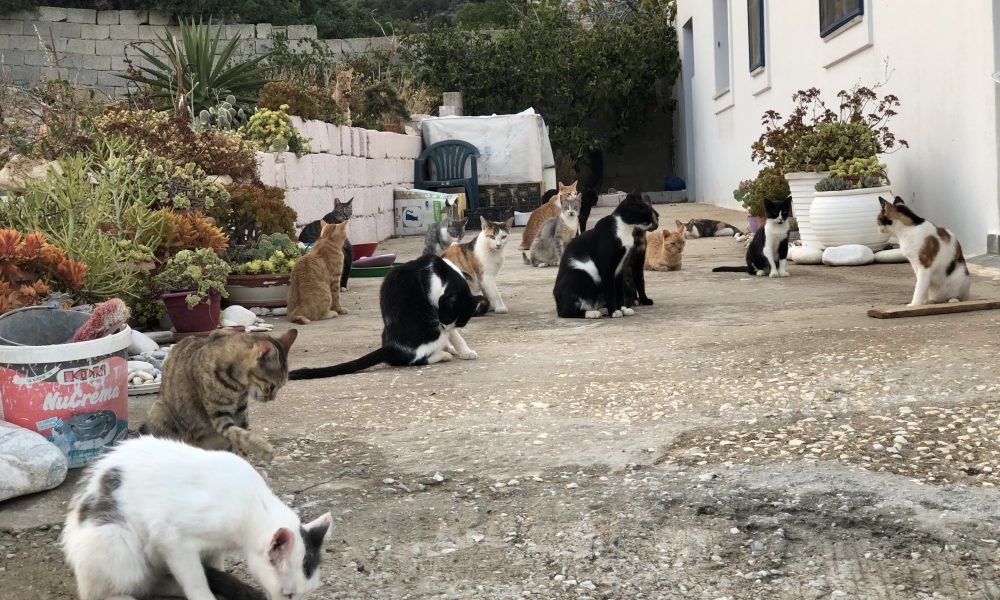Commonly known as feline “AIDS” and “leukemia,” these viral diseases can be alarming to cat guardians, but with proper care, it’s possible to help cats live a good quality of life.
Those who like cats have probably heard of FIV and FeLV, but might not fully understand what these diseases are. In this article, you’ll not only learn what these illnesses entail, but also how to find out if a cat is infected and what care is needed.
FIV and FeLV are indeed frightening diseases, as they have no cure. However, by understanding them better, you can take preventive measures and support cats in living a fulfilling life.
FIV (Feline Immunodeficiency Virus or Feline AIDS)
FIV is a disease caused by the feline immunodeficiency virus, which compromises the cat’s immune system in a way similar to how HIV affects humans — hence the nickname “feline AIDS.” This virus can be transmitted from one cat to another during birth, nursing, fights, mating, or through contact with blood and urine.
Cats who test positive for FIV have weakened immune systems and are therefore more susceptible to opportunistic infections. A simple cold, for instance, can become difficult to fight off.
FeLV (Feline Leukemia Virus)
FeLV, or feline leukemia, is also caused by a virus, which can be spread through secretions such as saliva, feces, milk, and urine from infected cats. In FeLV-positive cats, weakened immunity is also a concern, along with an increased risk of developing tumors.
How to tell if a cat has FIV or FeLV
Both diseases can be asymptomatic at first. However, you can watch for signs like fever, swollen lymph nodes, respiratory difficulty, anemia, stomach issues, and gum problems, among others.
A proper diagnosis of either disease requires specific blood tests prescribed by a veterinarian.
Necessary care for FIV or FeLV-positive cats
Unfortunately, there are no vaccines available for FIV and the vaccine for FeLV does not offer 100% protection and can only be given to cats that are not already infected. But when testing and realizing that a cat is infected, there’s no need to panic!
Start by focusing on the cat’s overall health. Avoid exposing them to stressful situations (such as unnecessary baths or sudden environmental changes) and ensure they receive regular veterinary check-ups. With proper precautions, an FIV-positive cat can live for 10 years or more.
Both the FIV and FeLV viruses are transmitted only between cats. So, if you have two cats and find out that one is positive for FIV or FeLV, it’s important to separate everything: food bowls, water dishes, and litter boxes. Still, there is no absolute guarantee that transmission won’t occur.
FeLV-positive cats should be isolated. FIV-positive cats can live with other cats, as long as they do not fight or mate. It’s important to spay or neuter cats to prevent escape, mating, and transmission of the virus to others. Even if they are neutered, it’s essential to keep them indoors to avoid fights and the spread of the virus.

